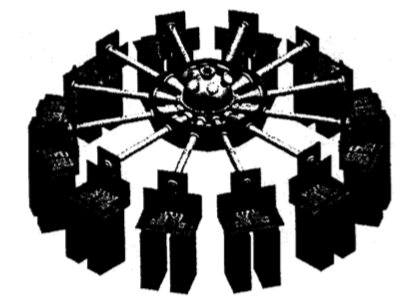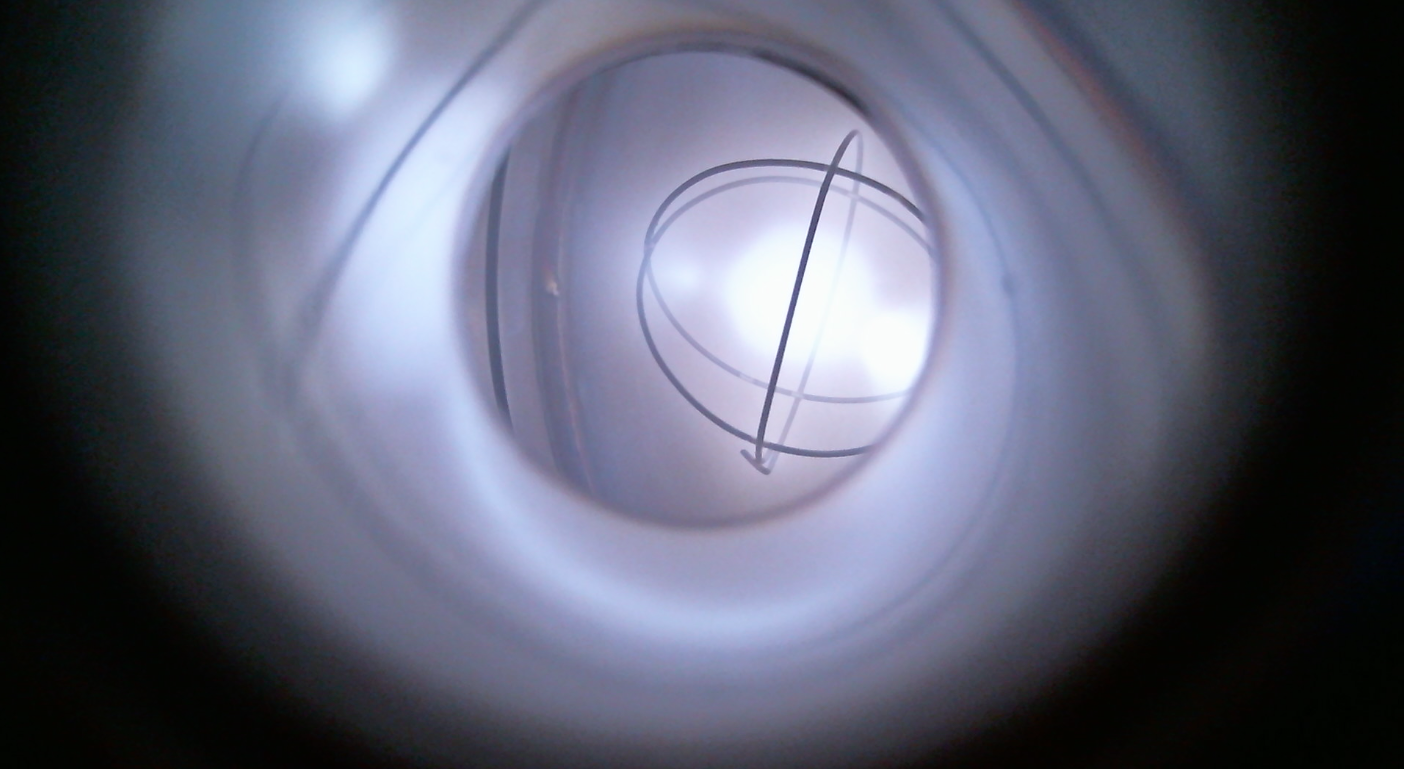Project 1: Inertial Electrostatic Confinement Fusion Reactor (First Iteration) [Complete]
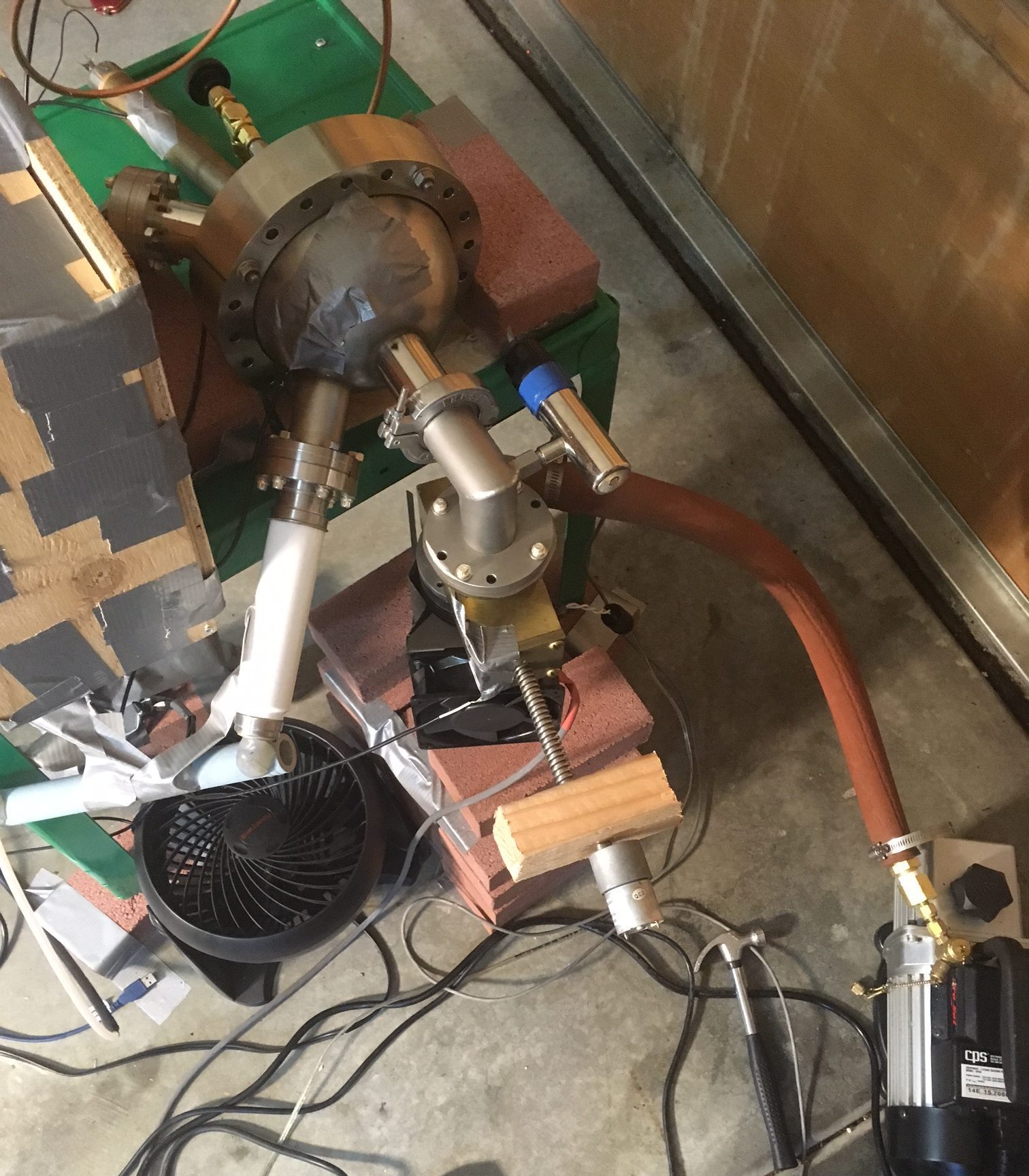
This apparatus consists of a vacuum chamber with several ports: a viewport, a gas input line, a high voltage feedthrough, a pressure sensor, and a port for vacuum pumps. It uses high voltage at very low current to ionize deuterium. The deuterons accelerate toward the central grid and fuse together. They release neutrons which are then measured. Click here for more info. Please also see my FAQ.
Project 2: Liquid Helium Generator [Under construction]
This machine [WIP] exploits the Joule-Thomson effect (the effect that describes the temperature change of a real gas as it expands through a throttling valve) to the max and can turn compressed gases into cryogenic liquids. It utilizes 2 stages: neon and helium. The goal is to create these cryogenic liquids to use in other experiments. For instance, I will create liquid helium to cool a superconducting electromagnet, allowing for the creation of a 2-Tesla magnetic field. I may also use liquid hydrogen for use rocketery, and liquid deuterium in muon catalyzed fusion experiments.
EDIT: Due to the helium shortage (and school), this project and many of the future ones have been postponed indefinitely.
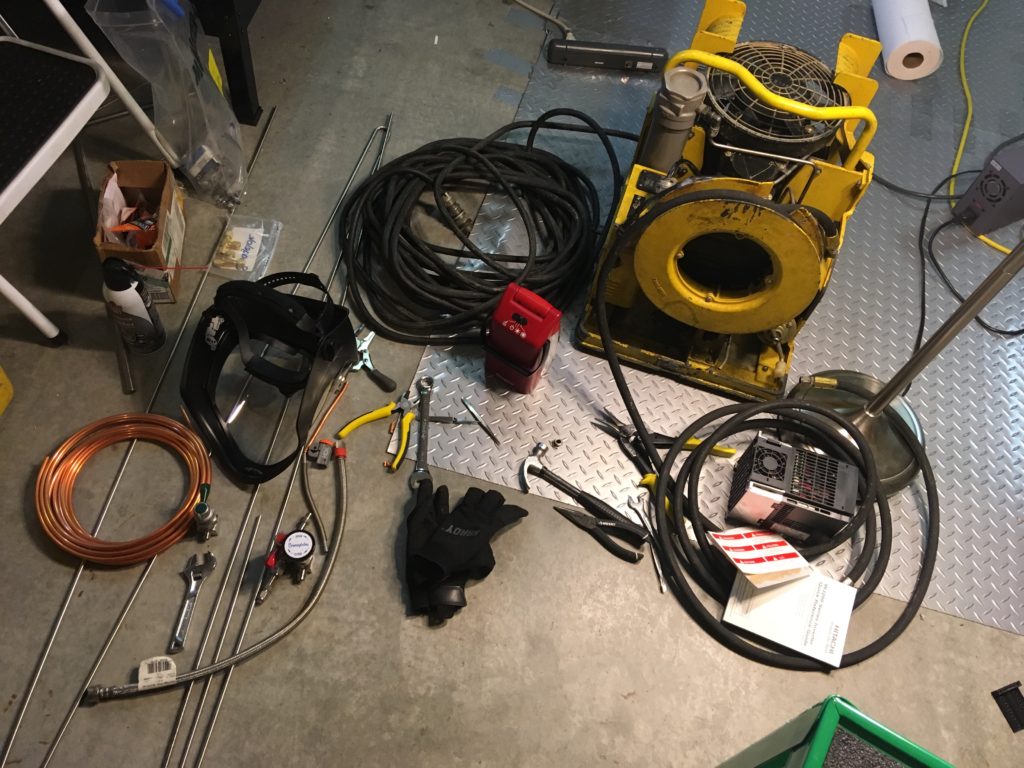
Project 3: Suborbital Sounding Rocket (First Iteration) [Planned]
I plan on creating a device that will launch a suborbital rocket. It will first use a rigid balloon filled with low pressure hydrogen to lift the device to the upper layers of the stratosphere. From there, the rocket will launch with a 1.3 kg mock Cubesat. I aim to reach 80,000 m.
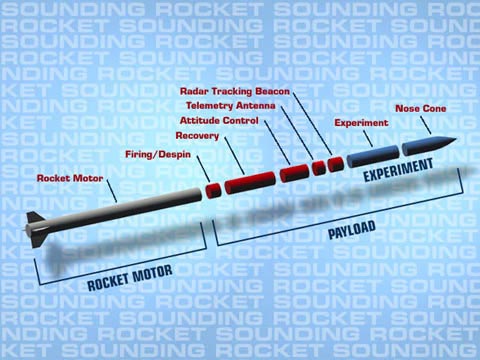
Project 4: Miniaturized Mass Driver [Planned]
This is a device that uses electromagnetic fields to propel objects at a very high velocity. The overall plan is to integrate it into the high altitude balloon and launch the payload starting from 40,000 m. At this height, losses due to drag is far lower than at sea level, and the overall height the payload reaches would be far higher.
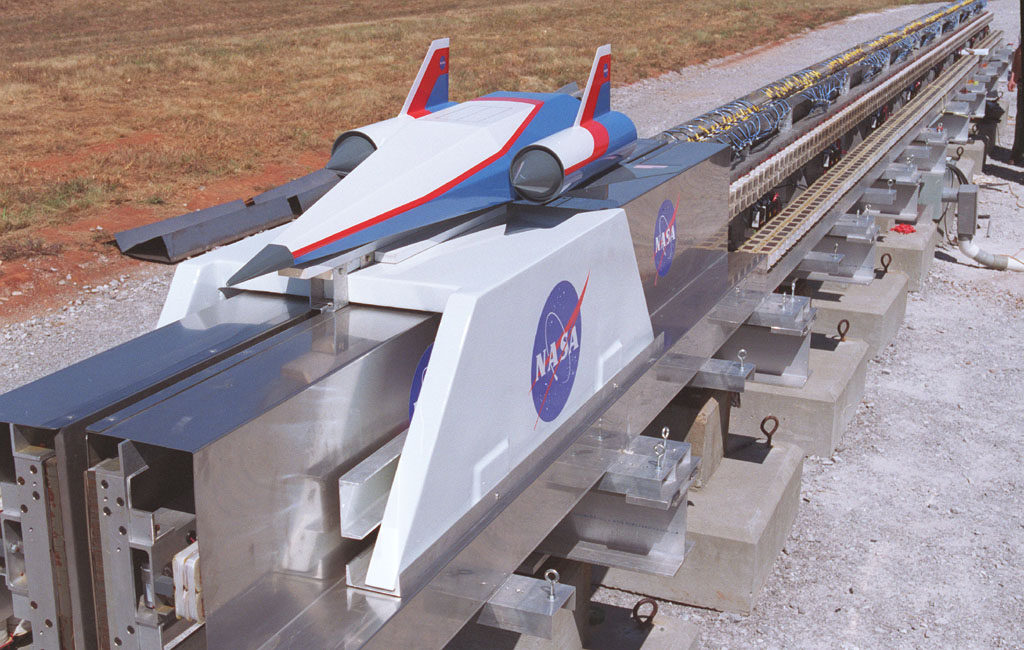
Project 5: Other types of fusion [Planned]
I’m quite interested in other methods of fusion (i.e., not ICF). I have been investigating the creation of a 1MeV proton accelerator for use in muon catalyzed fusion experiments. Unfortunately, it would be impossible for me to complete this as a solo project; I’d need large amounts of funding as well as assistance from highly trained engineers and plasma physicists. Another possibility is the creation of a magnetized target fusion device. This would be similar to an ICF fusion device, but combines the use of high powered electromagnets to “squeeze” the fuel-rich plasma, causing it to rapidly increase its density and temperature, allowing fusion conditions to occur. It is conceivable I can create a working prototype for this solo (indeed, much of my research in my garage is similar), but I would ideally need access to tritium gas for serious experiments. Thus, I would again need more resources to turn these ideas into viable experiments. I am hopeful that, in college, I will be able to do so.
